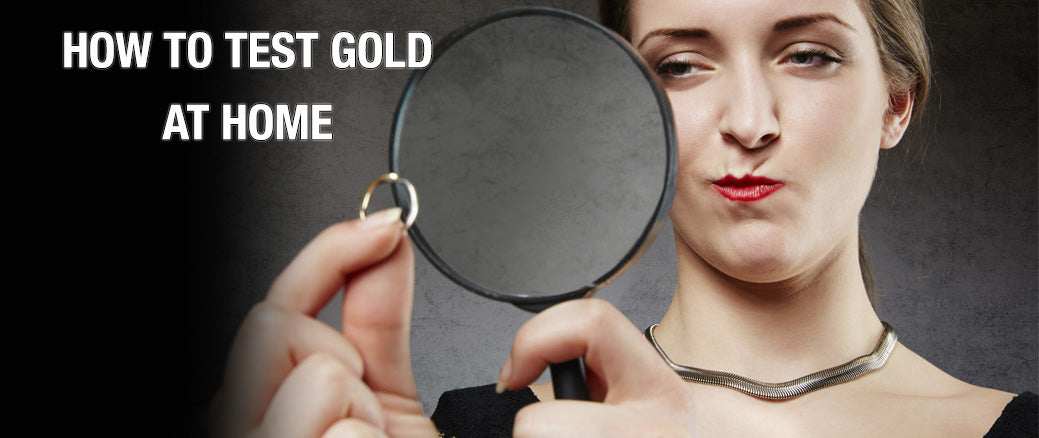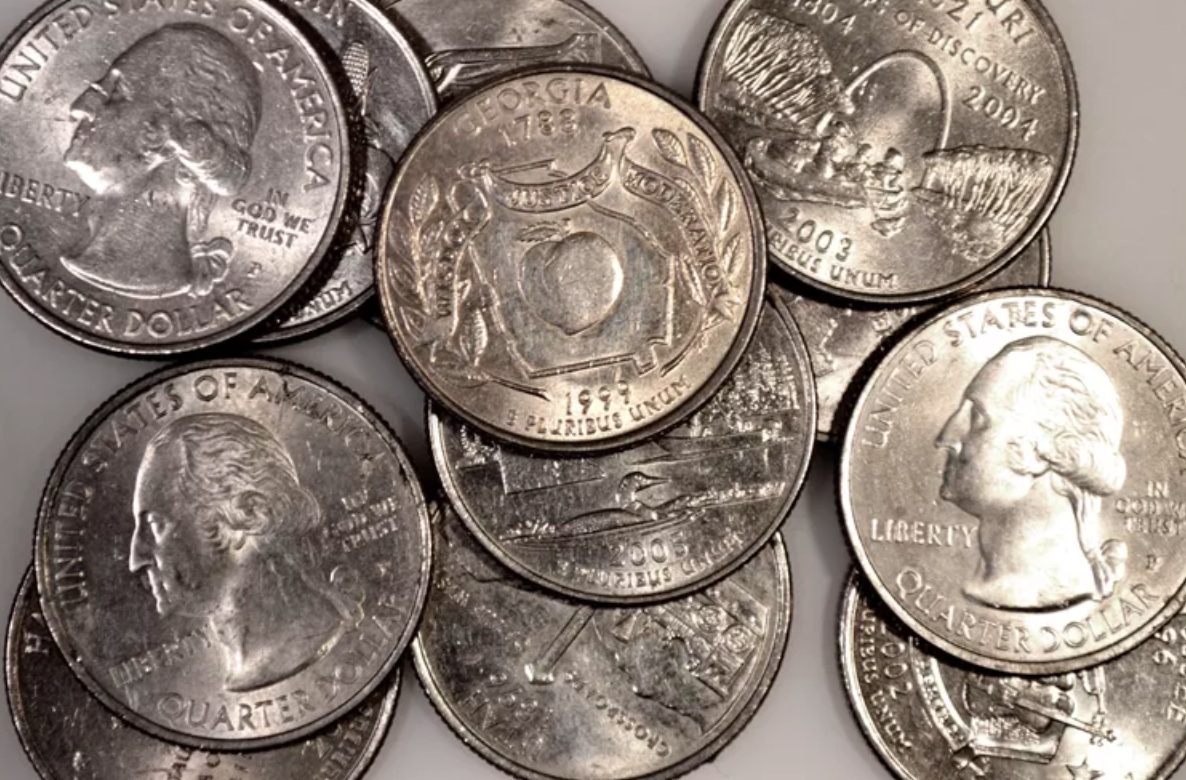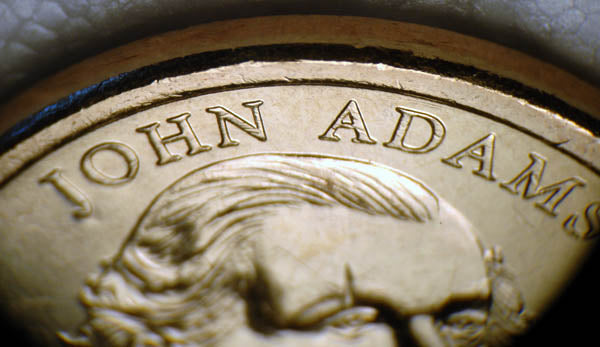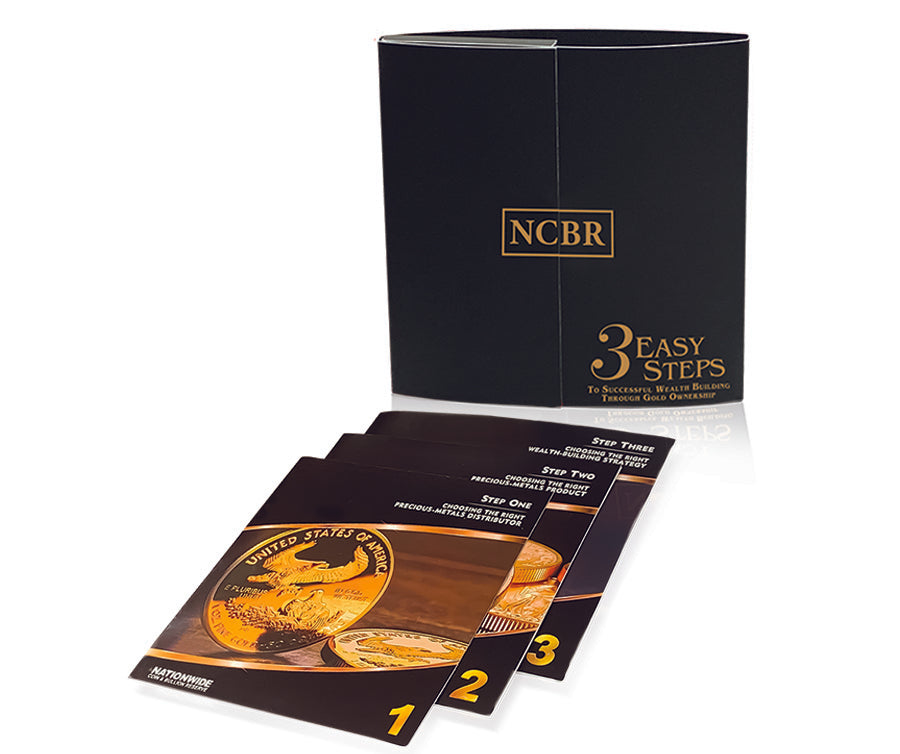If you’ve ever bought a piece of gold that you’re not sure is real, you want to figure out quickly if it’s real or not! Luckily, it’s easy to test gold at home to save you time and money from having a professional assess the item.
When most people think of testing gold at home, they might think of gold panhandlers biting a chunk of gold to see if it’s real. Thankfully, there are easier (and more germ-free) ways to see if your gold is real at home.
We recommend doing more than one of these tests to verify. If you’ve done multiple tests and get similar results, you’re likely on track to determining whether or not your gold is real at home!
LOOK FOR HALLMARKS
Most gold jewelry or pieces will have an engraving on an inconspicuous part, such as the inside of a ring. If the engraving says 24K, that indicates that it is pure gold.
Beware, though, as some gold pieces may be engraved with an incorrect hallmark in order to pass it off as pure gold.
MAGNET TEST
Real gold is not magnetic, but many other metals are. If you have a relatively strong magnet (something stronger than a fridge magnet), you can easily test if your gold is real by placing the magnet near the piece and seeing if it is attracted to the magnet.
If it is, then it’s likely not pure gold, but rather some form of cheaper metal that has been plated gold or a gold-like substance. If your piece is not attracted to the magnet, then it’s likely gold!
SKIN TEST
This test requires a little more time than some of the other tests, but is especially helpful for jewelry. It will also reveal if a piece of jewelry is fake over time, that you thought was real and maybe had no initial suspicions about!
Real gold will never make your skin turn green. If your jewelry changes the color of your skin to a bluish or greenish tint, it’s not real gold.
FLOAT TEST
The float test is a quick test that will reveal whether or not your gold is real without damaging your piece. This test isn’t completely foolproof, as some metals that aren’t gold are also heavy, so they will sink and make you think it’s gold. It’s best to do another test to make sure.
Fill a clear glass or bowl with water. Gently drop your item into the water. If it sinks, it’s likely real gold. If it floats, it definitely isn’t real gold. Real gold will sink to the bottom because it’s denser than water.
Gold will also not rust, so if you see any signs of rust you know your piece isn’t real gold, and there’s no worry about damaging your item if it is indeed real gold.
Real Time Precious Metals Data Below







